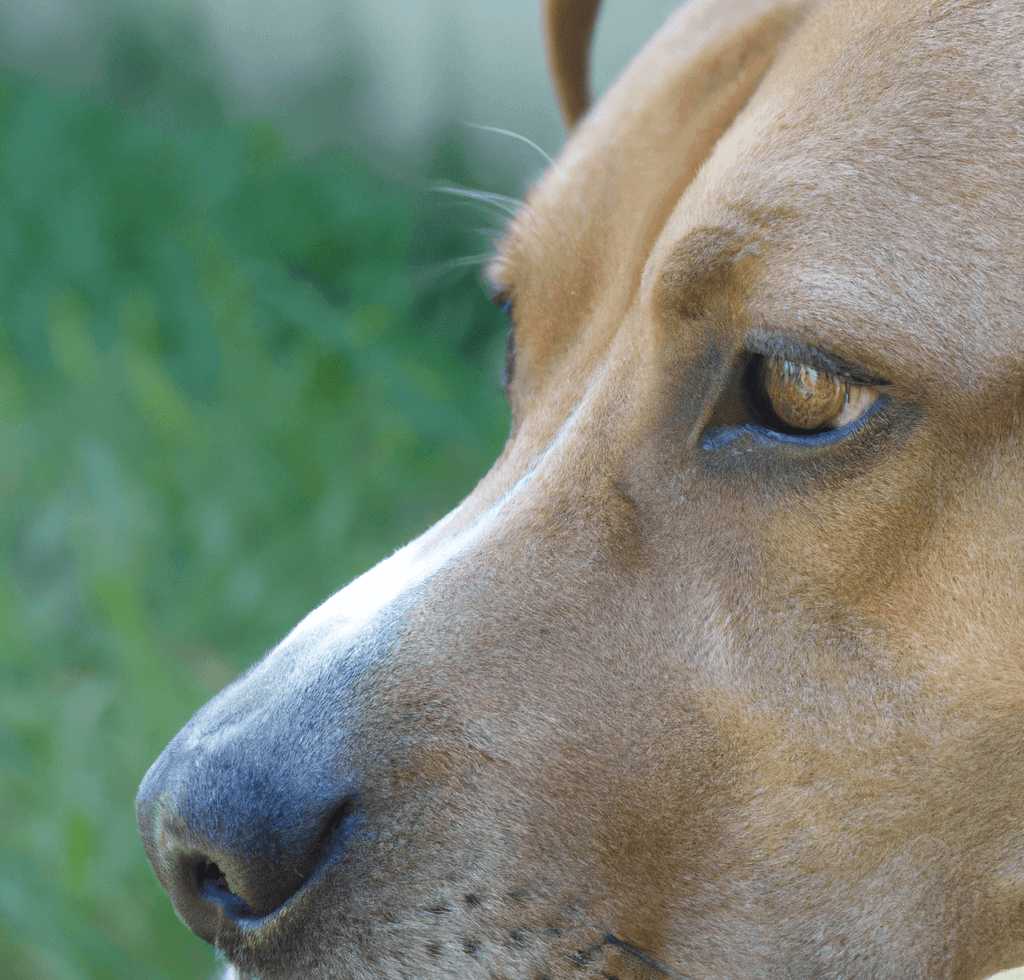Physical Address
304 North Cardinal St.
Dorchester Center, MA 02124
Physical Address
304 North Cardinal St.
Dorchester Center, MA 02124

Understanding canine body language is crucial for building a strong and positive relationship with your dog. It helps you to better understand your dog’s needs and emotions and to communicate more effectively with them. By learning to read the side eye and other body language cues, you can better understand your dog’s feelings and respond appropriately. This can lead to a deeper bond and a more harmonious relationship with your furry companion.
The dog side eye is a common behavior exhibited by canines when they are feeling uncertain, uncomfortable, or threatened. It is characterized by a sideways glance or sideways tilt of the head, and is often accompanied by other body language cues such as raised eyebrows, flared nostrils, or a tense posture. The side eye is a subtle but important form of communication that can reveal a lot about a dog’s emotional state and intentions.
The meaning of the side eye in dogs can vary depending on the context and other body language cues that are present. In general, the side eye can indicate that a dog is feeling uncertain, anxious, or threatened. It can also indicate that a dog is trying to communicate something to you, such as a request for attention or a desire to play.
Dogs use a variety of body language cues to communicate with humans and other animals. These cues include facial expressions, gestures, and vocalizations. The side eye is just one of many ways that dogs can express themselves. By paying attention to the full range of body language cues that your dog is exhibiting, you can get a more complete picture of what they are trying to tell you.
One common misconception about the side eye is that it always indicates aggression or hostility. While the side eye can sometimes be a sign of aggression, it can also have a variety of other meanings. It is important to consider the context and other body language cues when interpreting the side eye. For example, a dog may give you the side eye while wagging their tail, indicating that they are happy and playful rather than aggressive.
The side eye in dogs can take many different forms, depending on the breed, size, and individual characteristics of the dog. Some dogs may give a very subtle side eye, with just a slight tilt of the head or raise of the eyebrows. Other dogs may give a more dramatic side eye, with a pronounced tilt of the head and a fixed gaze.
To tell if your dog is giving you the side eye, look for a combination of the following body language cues:
By paying attention to these cues, you can determine if your dog is exhibiting the side eye and what it might mean.
Here are some tips for interpreting canine body language, including the side eye:
Interpreting canine body language, including the side eye, can be a complex and challenging task. However, by following these tips, you can improve your ability to understand what your dog is trying to communicate:
By following these tips, you can improve your ability to interpret your dog’s body language and build a stronger, more harmonious relationship with them.
To get a better understanding of your dog’s side-eye and other body language cues, try the following techniques:
By learning to interpret your dog’s side eye and other body language cues, you can better understand their needs and emotions. This can help you to communicate more effectively with your dog and build a stronger bond. For example, if you notice that your dog is giving you the side eye when you approach them with a leash, you can interpret this as a sign of anxiety or discomfort and respond accordingly. You might try to soothe them with a calm voice or offer them a treat to help them feel more comfortable.
Here are some techniques for strengthening your bond with your furry companion:
In this article, we explored the meaning and significance of the dog side-eye. We discussed how dogs use body language to communicate, and how you can interpret the side eye and other cues to better understand your dog’s needs and emotions. We also covered techniques for strengthening your bond with your furry companion.
If you want to learn more about canine body language, here are some resources that you might find helpful:
By learning about canine body language and understanding the meaning behind the dog side-eye, you can improve your communication with your furry companion and build a stronger, more harmonious relationship